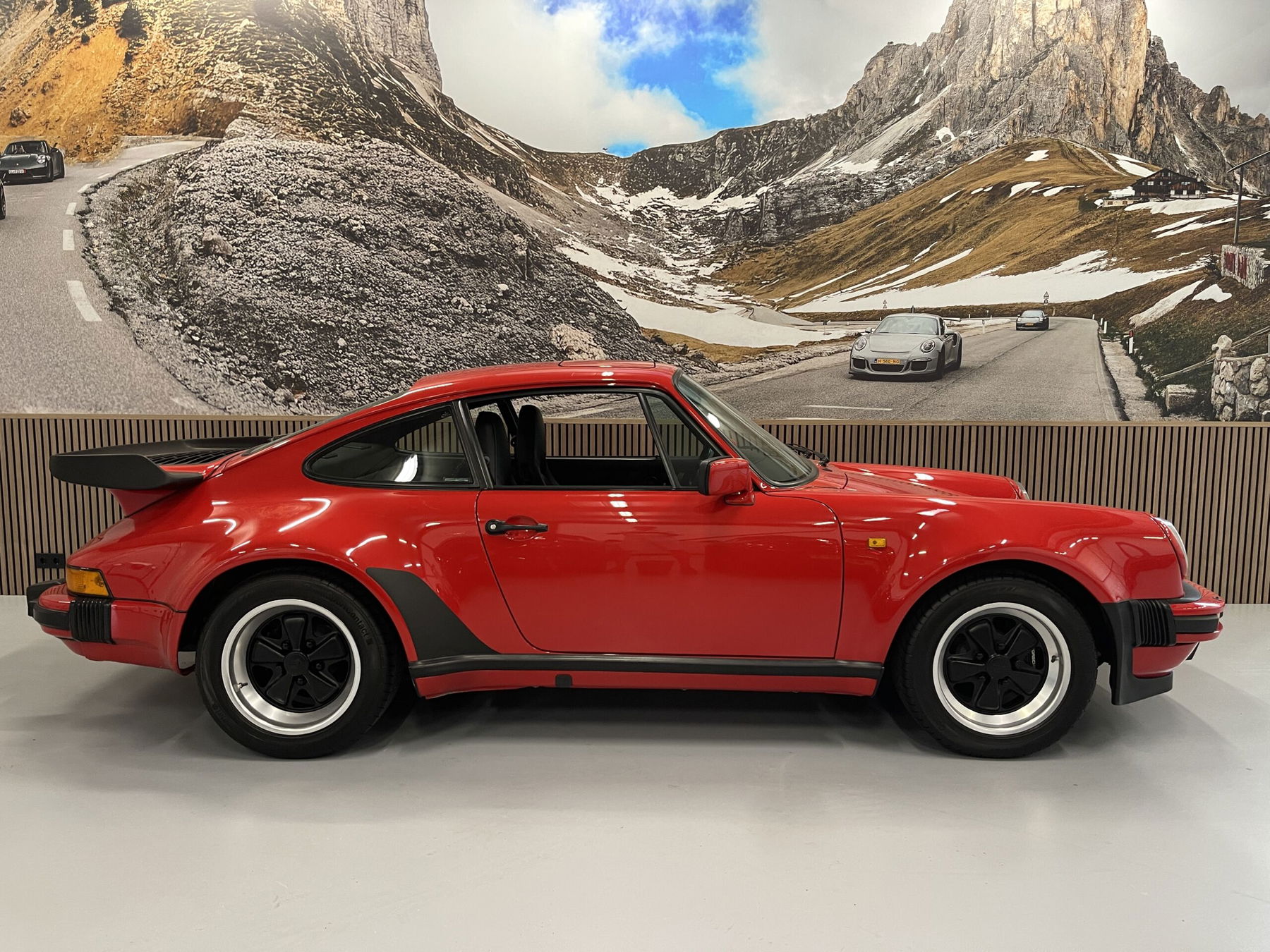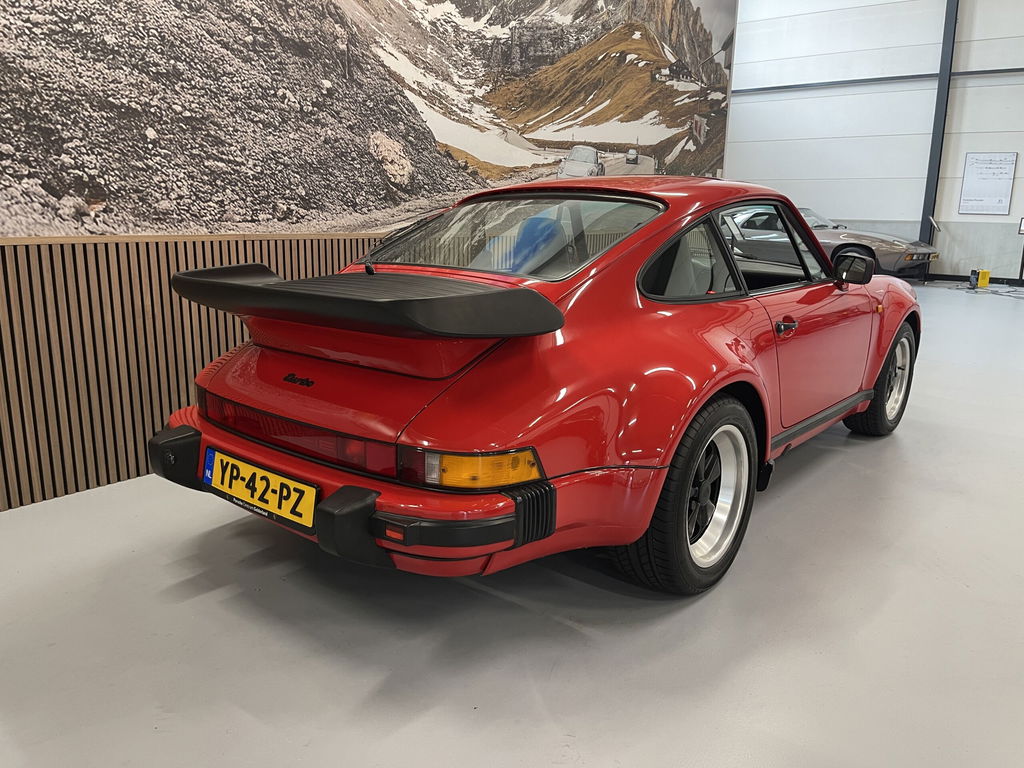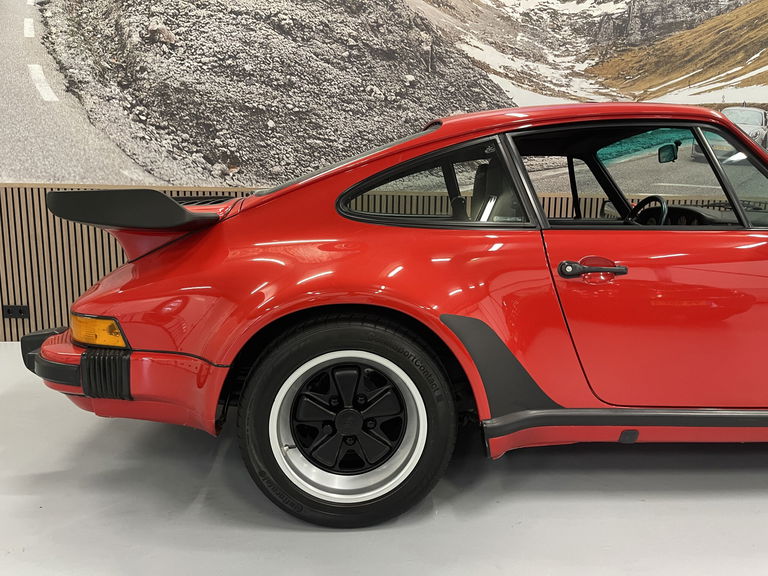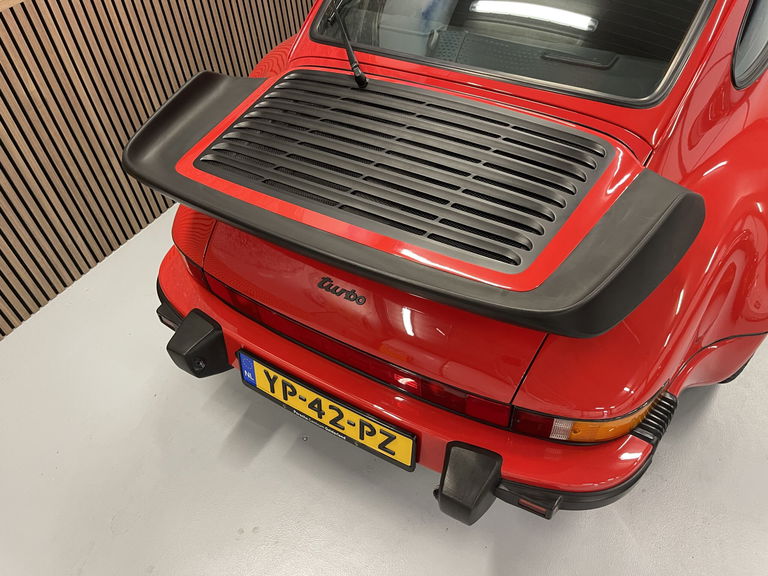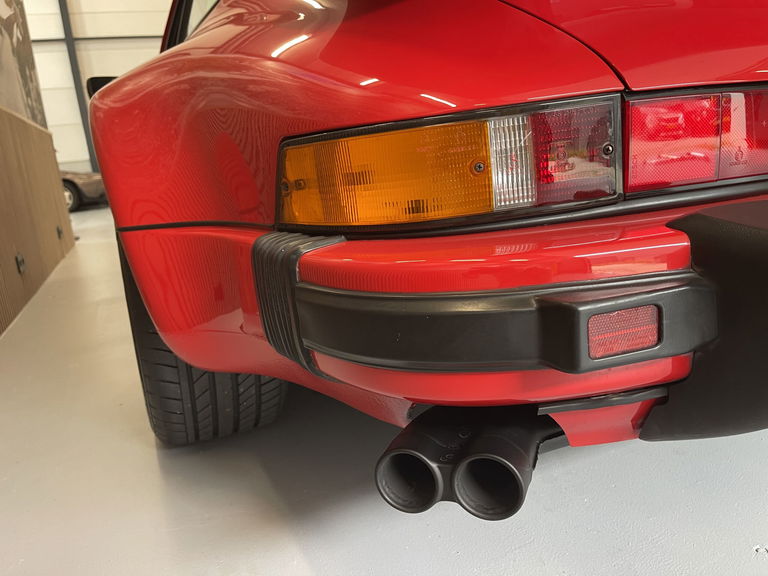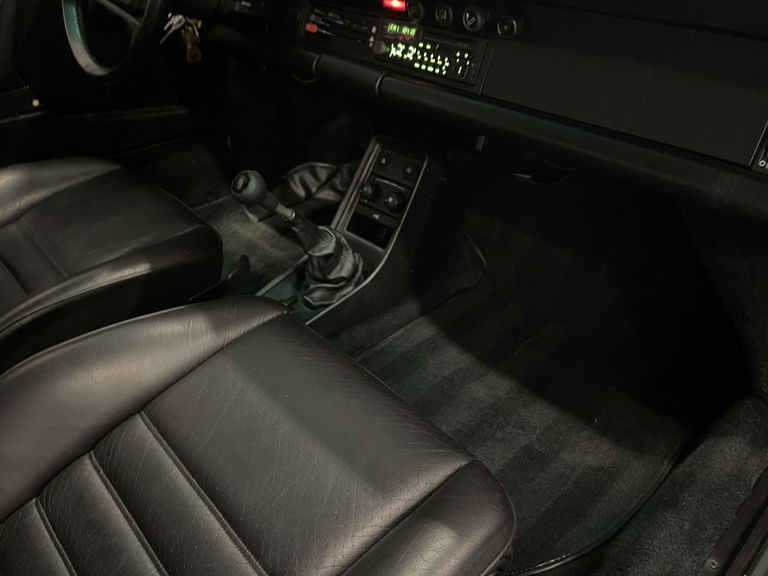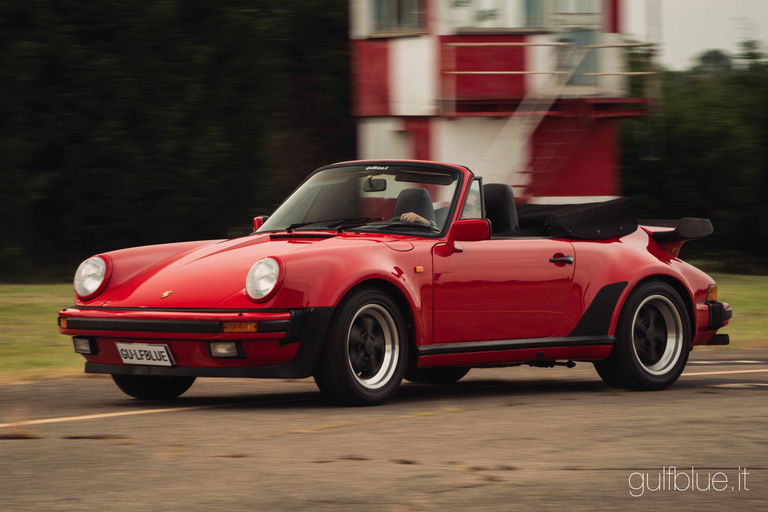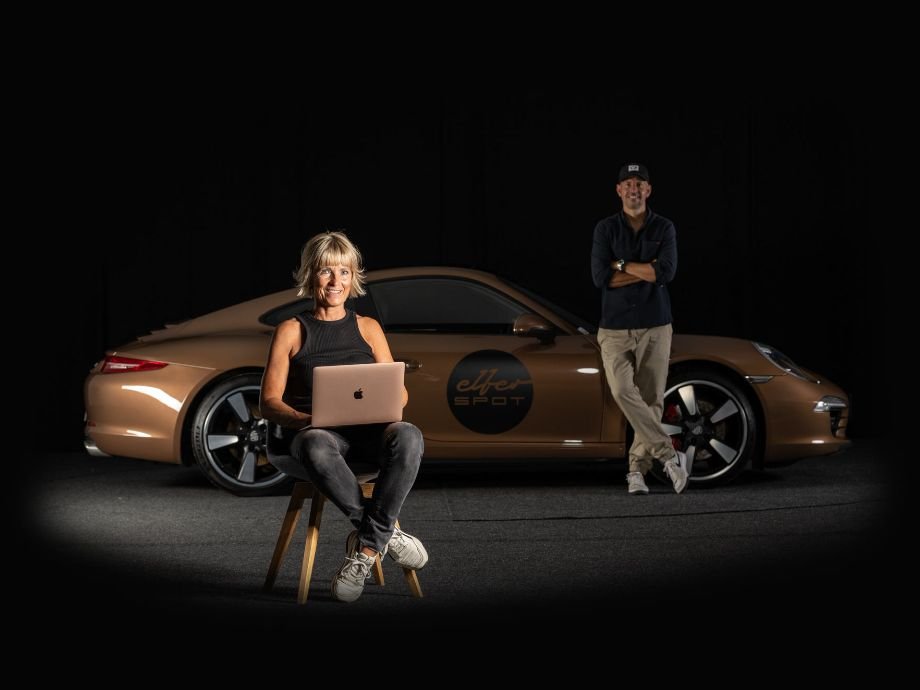At that time, there was hardly anything faster — and certainly nothing as reliable or usable on a daily basis. In 1974, Porsche introduced the first prototype of the 911 Turbo, delivering 260 hp from a 3.0-litre turbocharged engine. Acceleration from 0–100 km/h took just 5.2 seconds, and top speed exceeded 250 km/h. Only BMW came close with its 2002 Turbo, making the 911 Turbo a true pioneer in the world of road-going turbocharged cars.
Before then, turbo engines had never been developed for regular production cars. Today, turbocharging is commonplace — yet Porsche remains one of the few manufacturers still offering naturally aspirated engines in its GT models.
Only 2,880 examples of the 3.0-litre 911 Turbo were built before it was succeeded in late 1977 by the 3.3 Turbo, which offered slightly more manageable performance. The 1977 model year was characterized by 16-inch wheels, a turbo boost gauge in the dashboard, and a revised rear spoiler grille for improved engine cooling. Although production of the 930 Turbo ended in 1989, its legacy continues to live on in every subsequent generation of the 911 Turbo — and it remains one of the most iconic sports cars of all time.
Of the final 3.0-litre cars built in 1977, only 1,422 units left the factory. Apart from the very last 1989 Turbos, all 930s were equipped with a four-speed manual gearbox, as the five-speed unit could not handle the immense power.
The example offered here was delivered new in the Netherlands in 1990, as one of the very last Turbos. Still in its original paint and equipped with a five-speed gearbox, this car is a true rarity.
Today, the 930 Turbo 3.0 is a highly sought-after classic. Prices continue to rise — unsurprising given the low production numbers and the many cars lost over the years to inexperienced drivers who found themselves facing the wrong way around a tree.
Continue reading
